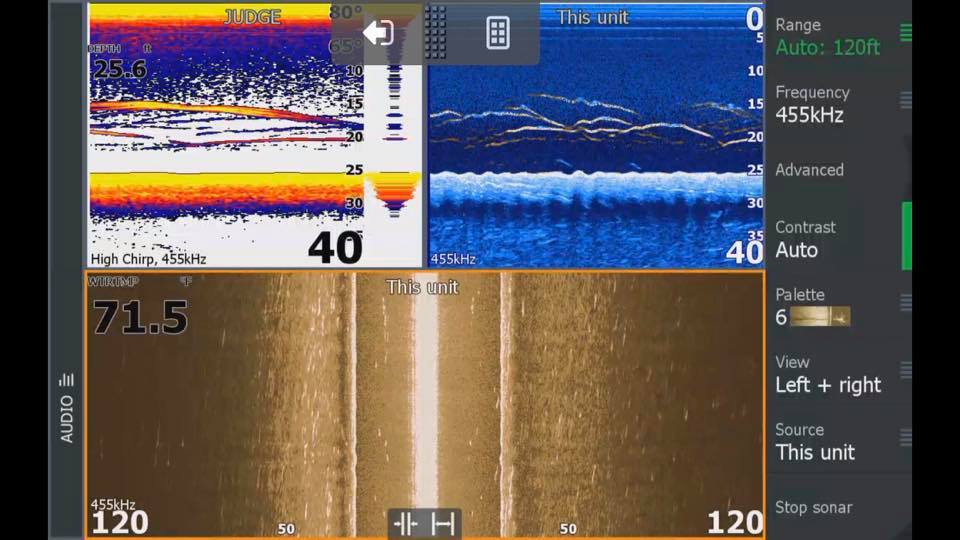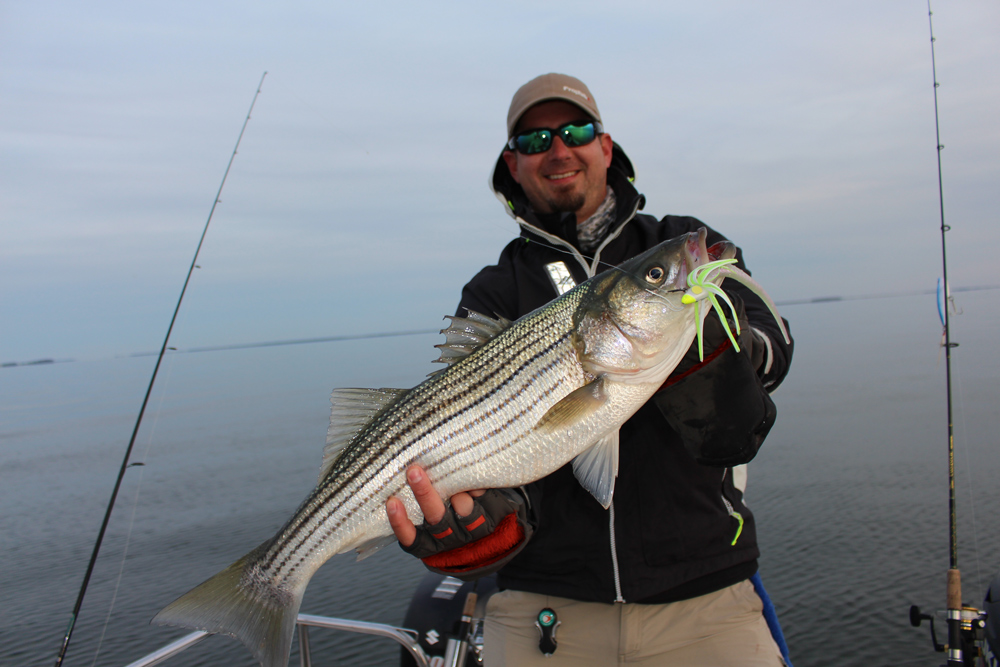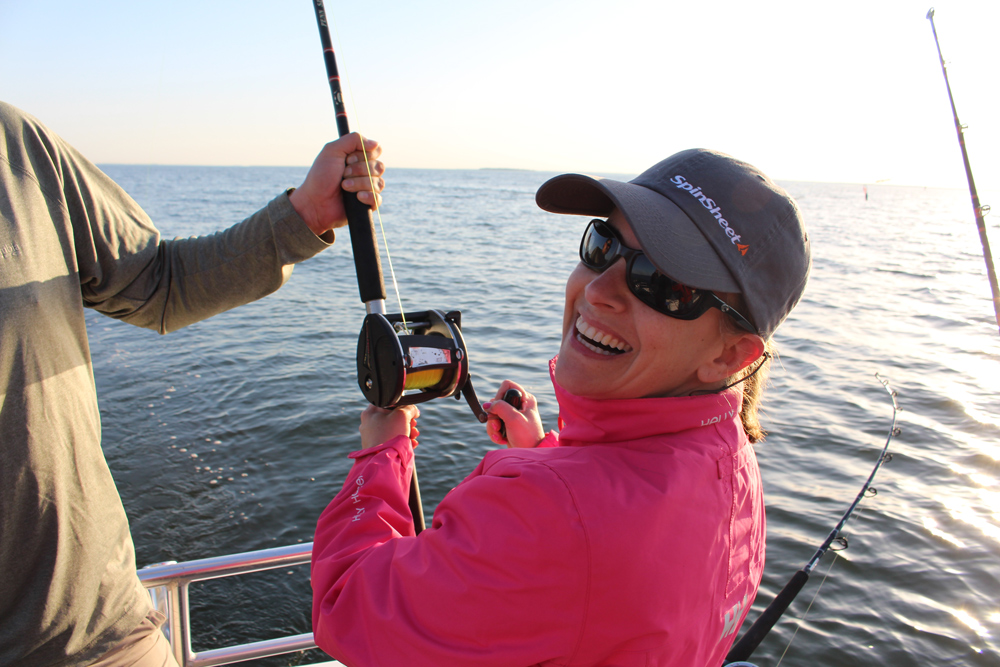Those who engage in Chesapeake Bay fishing during the coming months will likely spot fish on the meter which are suspended at mid-depth. Suspended fish represent a big challenge to many anglers. How do you put and keep your lure in the strike zone? What are the best ways of tempting these fish into biting? There are wide-ranging answers to these questions, but keep these three top tips in mind and you can ratchet up your success rate.

- Use the count-down method. Basically this means counting to measure the depth your lure has fallen to. But the amount of time it takes to reach a specific depth will vary to a large degree depending on the type of lure you’re using, its weight, the line it’s tied to, and conditions. Even the wind can change sink-rates by holding your line aloft and slowing down the fall.
There’s no substitute for experience when it comes to judging where your lure is in the water column, but the count-down method will even the playing field for those who are inexperienced and will prove assuring for old salts who merely want to check their work. First, look at the meter to determine depth. Next, cast out and count steadily as you allow the lure to free-fall until it hits bottom. Then do the math in your head and you have an established sink rate. For the sake of easy calculation, let’s say you’re in 40 feet of water and it takes 10 seconds to hit bottom. You now know that lure is sinking at the rate of four feet per second. If fish are suspended at 20 feet, even a mathematical dolt such as myself can calculate that a five-second sink will put my lure right in front of the fish’s faces.
Wait a sec – when I begin retrieving, won’t the lure get shallower and shallower? And, at differing rates depending on variables like the speed of the retrieve, and the speed of the boat’s drift? Of course. So on your next cast, retrieve half way to the boat and then go back to counting as you free-fall the lure. If it still takes five seconds to hit bottom you know the retrieve rate you’re using maintains the same depth – the one the fish are at – for the bulk of the cast. (As the lure gets close to the boat, of course, it will continue to get shallower no matter what). If it takes six seconds to hit you know it’s moved about four feet higher in the water column, and if it takes four seconds you know it’s sunk four feet lower. From this point forward, you can use a combination of the knowledge you’ve gained thus far, retrieve speed, and future count-downs at different retrieve rates to judge how to keep your lure in the strike zone.

- Always keep your lure at or above the depth the fish are at, not below it. It’s fine to sink just past the fish then retrieve up through them. In fact, we’d encourage using this tactic if you’re not 100-percent sure what depth your lure is at even as you count it down. With rank beginners, for example, it’s often most effective to tell them to let the lure hit bottom before retrieving simply so you know that at some point, it’ll pass by the fish.
Those who have a higher level of competence, however, should remember that suspending stripers almost always hold below, not above, whatever they’re feeding on. Their attention is focused on what’s overhead. So no matter how or where you’re fishing, try to keep your offerings at the depth the fish are holding at and up to five or six feet higher – but never beneath them.
- When you’re having difficulty catching suspended fish on jigs, revert to trolling. But don’t troll with any old thing; use lures that run at very specific depths. Lipped crankbaits are an excellent choice for those using light tackle, since they reliably dive to a certain point without adding a bunch of lead. (Just remember to swap the trebles for single hooks or clip one of the three tines off, if there are throw-backs in the area).
If you’re not sure what depth this lure or that rig tows at, try some varying rigs and speeds and then when you get a bent rod, adjust the rest of your offerings to match. Also pay attention to the direction you’re going in and your speed through the water, since both will have an impact on the depth your offerings are running at. Quite often, you’ll find that as you circle through an area all the hits come when you’re in one specific spot, even if you see fish on the meter throughout the area. This may be because the direction you’re heading in at the part of the circle is putting your lures at the ideal depth and speed.

When you’re not confident about knowing the lure’s depth and all else fails, you can troll into shallower water, and watch your rod tips closely. When you see the tip jumping erratically and know the lure’s scraping bottom, you’ve identified the exact depth it runs at when moving at your current boat speed.
Naturally, all the other variables that affect how well or how poorly you while fishing do still come into play. Lure color and size choice, the pace and action of its movement through the water, and many other factors can and will make a huge difference in your success rate. But the next time you spot suspended fish on the meter if you keep these three tips in mind, that rate is sure to rise.